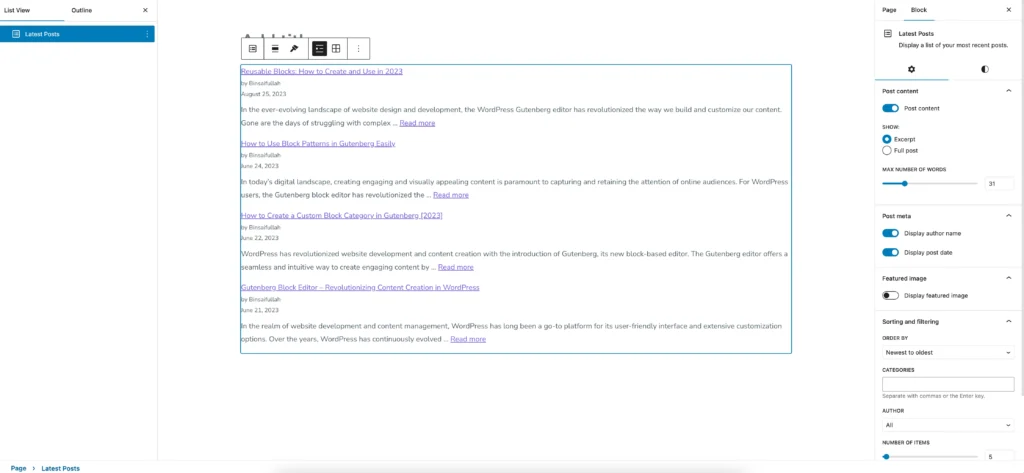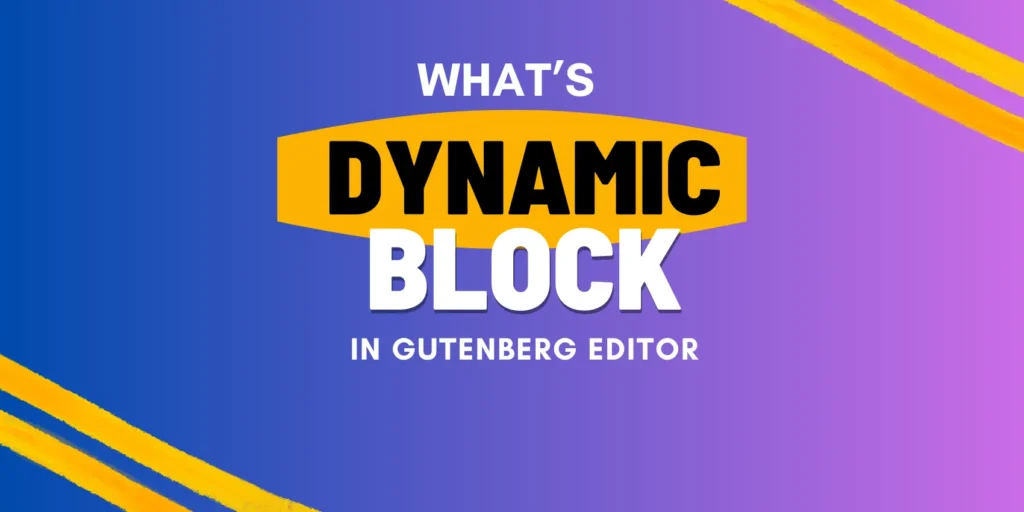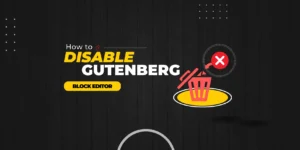In the ever-evolving landscape of web development and content creation, the WordPress Gutenberg editor has been a game-changer. One of its most innovative features is the ability to create dynamic blocks. Dynamic blocks have opened up a world of possibilities for WordPress users, allowing them to go beyond static content and create dynamic, engaging, and highly customizable elements on their websites. In this blog post, we will delve into what dynamic blocks are, how they work, and why they are a game-changer for WordPress users.
Understanding the Basics
To understand the basics of a its mechanism, let’s first clarify what blocks are in the Gutenberg editor. Blocks are the fundamental building units of content in WordPress Gutenberg. They can be anything from a simple paragraph of text to more complex elements like images, buttons, quotes, and even entire layouts.
Dynamic blocks take this concept a step further. While regular blocks are static and display fixed content, dynamic blocks allow you to insert content that can change and update dynamically based on various factors. These factors could include the current date, user information, custom data sources, and more. Essentially, they allow you to display content that adapts and evolves.
How Dynamic Blocks Work
Dynamic blocks are powered by a combination of JavaScript and server-side rendering. Here’s a simplified overview of how they work:

- Block Registration: To create a dynamic block, developers must register it with WordPress. This involves specifying the block’s attributes, settings, and how it should behave.
- Server-Side Rendering: When a dynamic block is added to a page or post, WordPress sends a request to the server for the block’s content. The server processes this request and generates the dynamic content. This content is then returned to the user’s browser.
- Client-Side Interactivity: Once the dynamic content is loaded, JavaScript on the client side can further enhance the user experience. For example, a countdown dynamic block may use JavaScript to update the timer in real time.
- Data Sources: Dynamic blocks can pull data from various sources, including custom fields, APIs, and external databases. This allows for a wide range of dynamic content possibilities.
Dynamic Block Concept in Real Examples
Dynamic blocks have a myriad of applications, making them incredibly versatile and valuable for WordPress users. Here are some compelling use cases:
- Event Countdowns: Create dynamic countdowns to upcoming events, sales, or product launches that automatically update as time passes.
- Latest Posts: Display your most recent blog posts dynamically, ensuring your readers always see the freshest content.
- User Profiles: Showcase user profiles with dynamically generated data, such as avatars, usernames, and bio information.
- Pricing Tables: Build pricing tables that fetch the latest pricing data from your database, ensuring that your website always reflects accurate pricing information.
- Weather Widgets: Add weather widgets that automatically update to show current weather conditions in a specific location.
- Real-time Analytics: Display live website analytics, such as the number of visitors or current user activity.
How to Start Developing a Custom One
Creating dynamic blocks typically requires some knowledge of web development, including JavaScript and PHP. Developers can use the WordPress Block API and JavaScript libraries to build custom dynamic blocks. However, for non-developers, there are also plugins available that simplify the process of creating and managing dynamic blocks.
You can visit WordPress official site related to the dynamic block to understand the topic more in detail.
Conclusion
Dynamic blocks in the Gutenberg editor have revolutionized the way we create content in WordPress. They empower users to engage their audience with dynamic, ever-changing content that can adapt to various scenarios and data sources. Whether you’re a developer looking to create custom dynamic blocks or a WordPress user seeking to enhance your website’s interactivity, dynamic blocks offer a powerful tool to take your content to the next level. As WordPress continues to evolve, dynamic blocks will play a significant role in shaping the future of web development and content creation.





